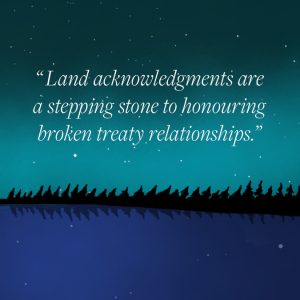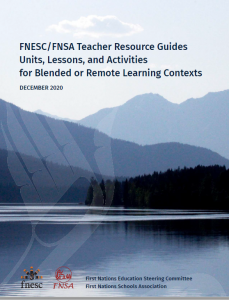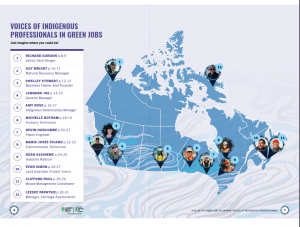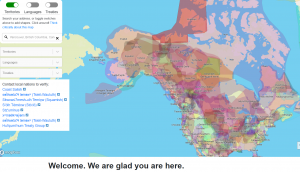Connected North fosters student engagement and enhanced education outcomes in remote Indigenous communities. This leading edge program delivers immersive and interactive education services, through synchronous video technology. The program is made possible through a strong ecosystem of supporters with program delivery managed by TakingITGlobal. The goal is to provide students and teachers with access to content that is engaging and innovative, with the hope of increasing feelings of empowerment in school and in life.
In response to 2020 school closures resulting from COVID-19, Connected North launched Connected North@Home to continue to serve students from their partner communities wherever possible. Connected North, Cisco and a variety of Connected North providers offered dozens of opportunities for students to connect to museums, zoos, artists, storytellers and other amazing organizations to offer unique learning experiences while students are at home.
The recordings are still available to access https://videos.connectednorth.org/
I think this is a strong example of communities identifying the kind of technology they want to bring in.





